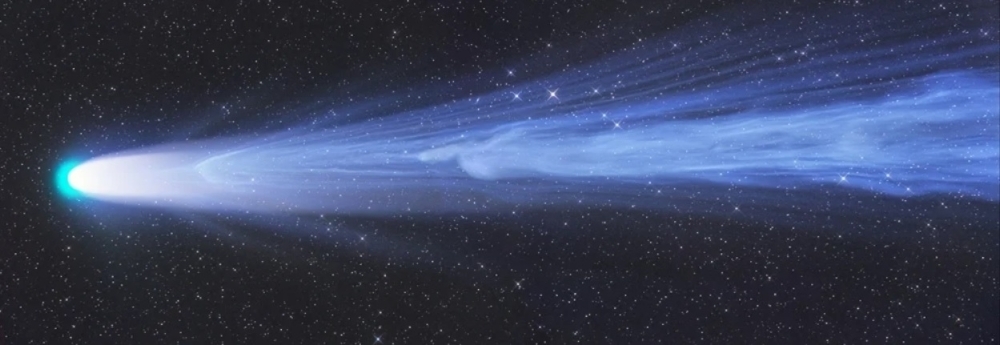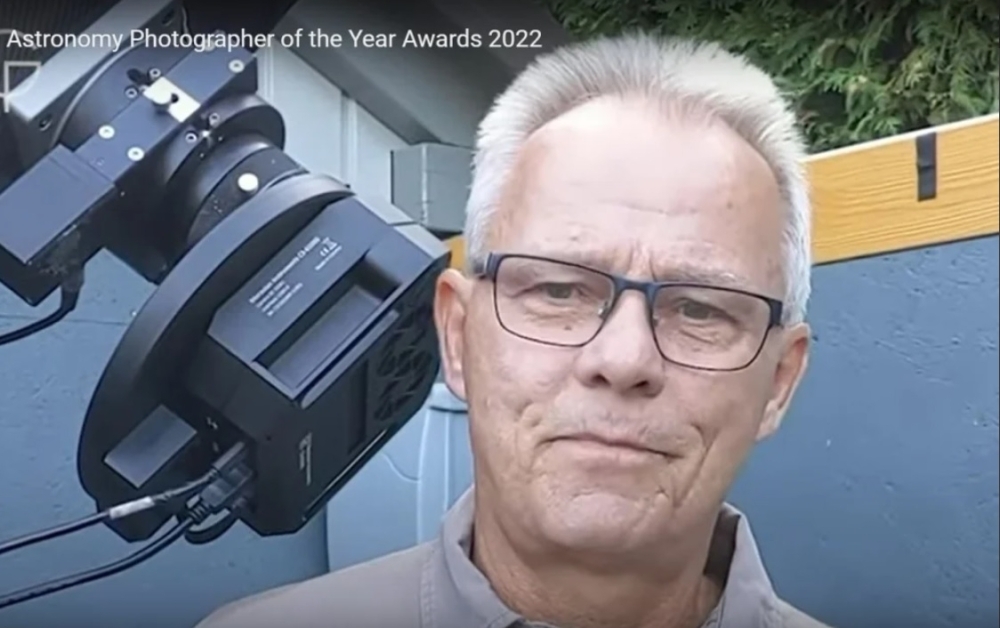Winning comet photo taken here
The winning photo of this year’s Astronomical Photographer of the Year competition was taken in Namibia by Gerald Rhemann, an astrophotographer from Austria.He took a once-in-a-lifetime photo of Comet Leonard (comet C/2021 A1), aka the Christmas Comet, from Tivoli Guest Farm on Christmas Day in 2021, showing a piece of its tail breaking off and being carried away by solar wind.
The comet disintegrated earlier this year and will therefore not be seen again.
The Royal Observatory Greenwich in London, which hosts this competition every year, said in a media statement that the photo was “amazing”.
Rhemann dubbed it the “Disconnection Event”.
The winning photo, as well as others that made the shortlist, were exhibited in the National Maritime Museum in London on Saturday. This year was the 14th time the competition was held and more than 3 000 photos were received from all over the world.
“For many astronomers, this comet was the highlight of the year, with almost a quarter of the entries for the category planets, comets and asteroids coming from Comet Leonard. However, it was Rhemann's that surpassed all others,” the observatory said in the statement.
Infrequent
Rhemann captured a dramatic moment in the life of the comet: The moment when a piece of its tail broke off after being hit by high-velocity solar particles. The rare photo is also of great value to scientists.
“I was very lucky that the weather at the Tivoli was excellent when I opened the roof of the observatory. I realised that the comet's tail looked dramatic in the first photo I took. I then decided to take a wider shot in the second photo - and that's when the tail broke off.
“This award is one of the highlights of my work as an astrophotographer. All the work that went into making this photo a success was worth it,” Rhemann said.
Namibia is considered one of the best astronomical destinations in the world since it is one of the countries with some of the darkest night skies.
Astronomer Greg Leonard discovered the comet on 3 January 2021, after which it reached its closest point to Earth in December last year, around Christmas.




